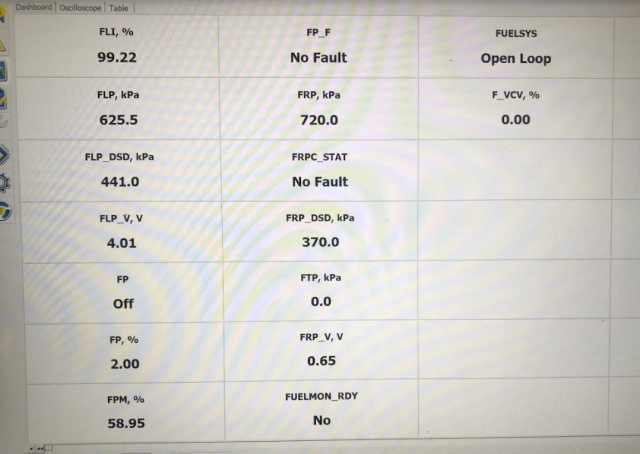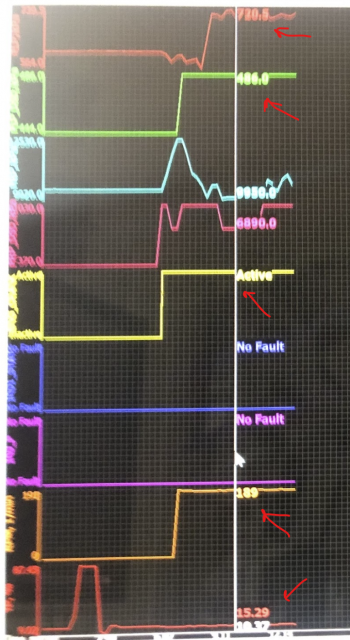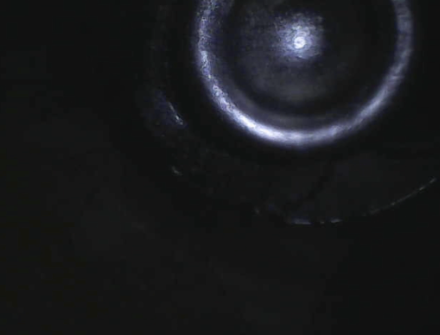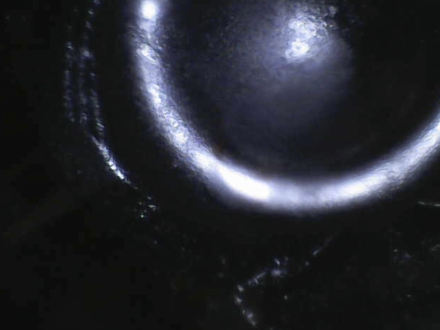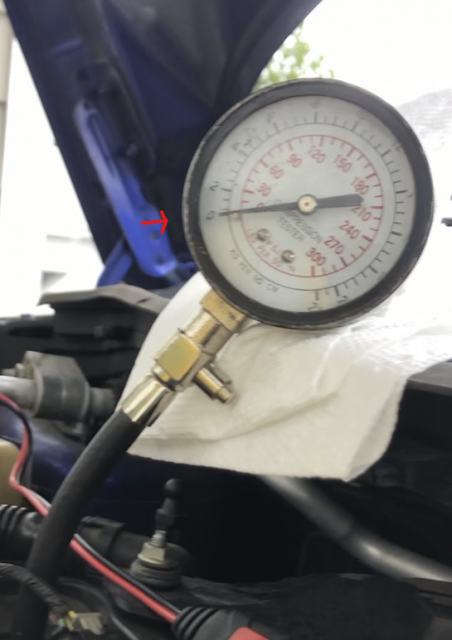So, my adapter from Amazon came in same-day. How about that.
I got the OBDLink EX.
Got 'er installed with drivers. Installed Forscan. Read the data.... and...
It says no DTC. I ran the starter again until it stopped automatically. No code.
I guess, maybe tomorrow is looking like, check the timing belt and maybe do a last-minute fuel pump fuse/relay check. Or check voltage at the fuel pump connector.
I really think, if there's spark, spraying a 3-second blast of starting fluid into the intake should've made it stumble or do anything.
Thanks for the help guys, I appreciate the tips. Forgot to mention.
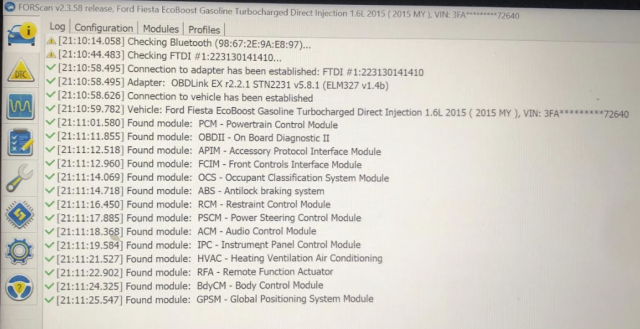
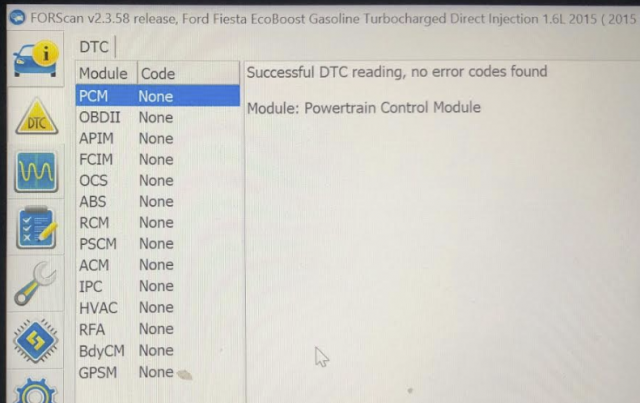
I got the OBDLink EX.
Got 'er installed with drivers. Installed Forscan. Read the data.... and...
It says no DTC. I ran the starter again until it stopped automatically. No code.
I guess, maybe tomorrow is looking like, check the timing belt and maybe do a last-minute fuel pump fuse/relay check. Or check voltage at the fuel pump connector.
I really think, if there's spark, spraying a 3-second blast of starting fluid into the intake should've made it stumble or do anything.
Thanks for the help guys, I appreciate the tips. Forgot to mention.



